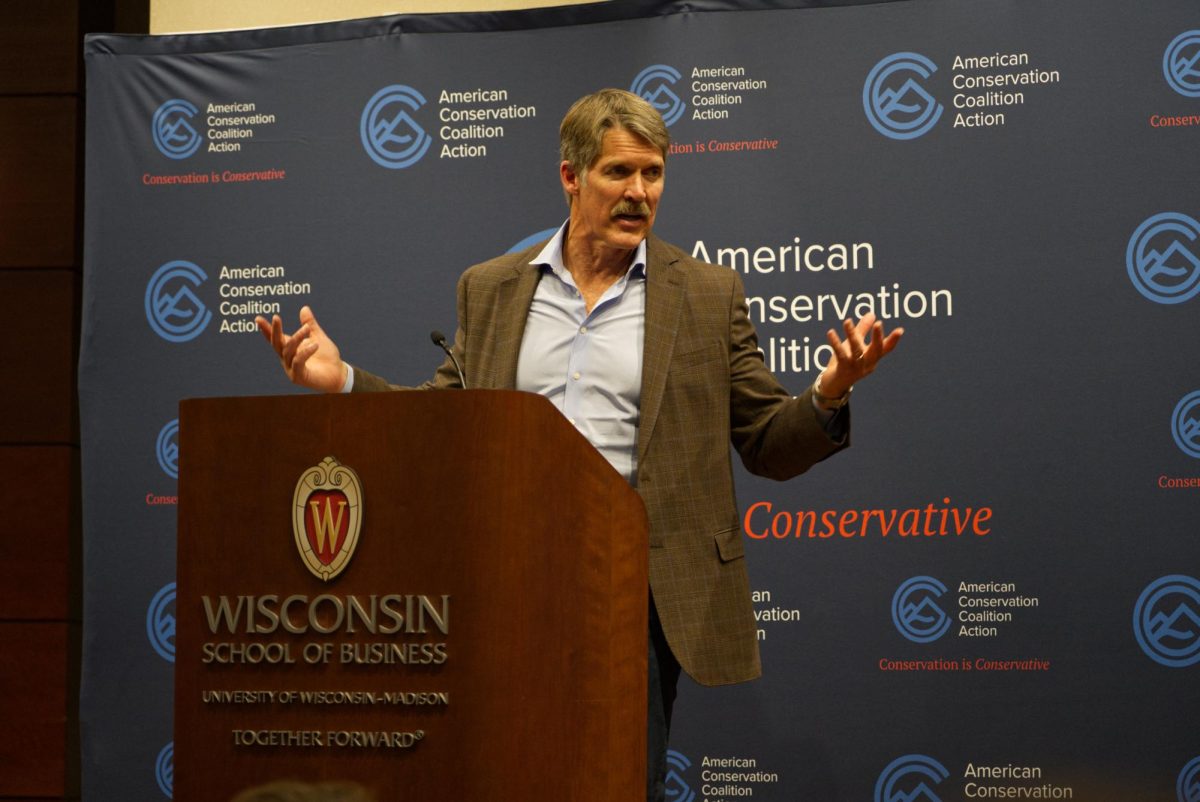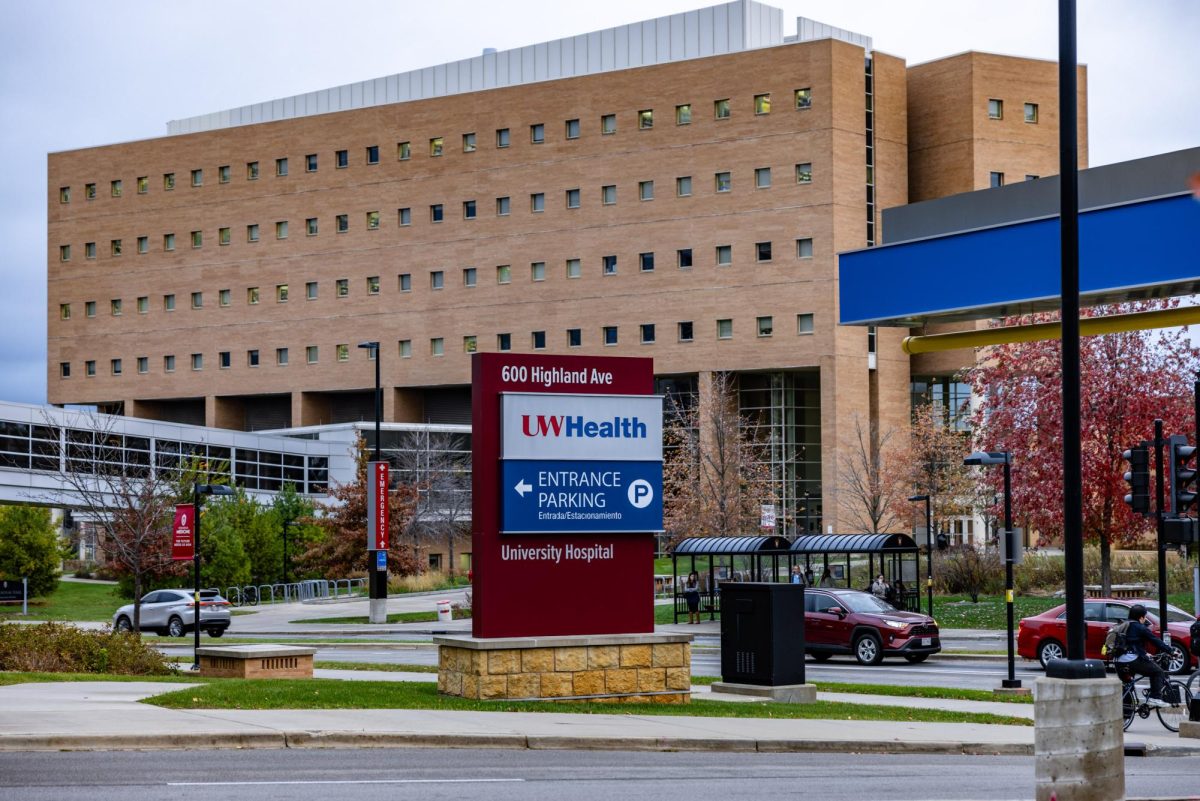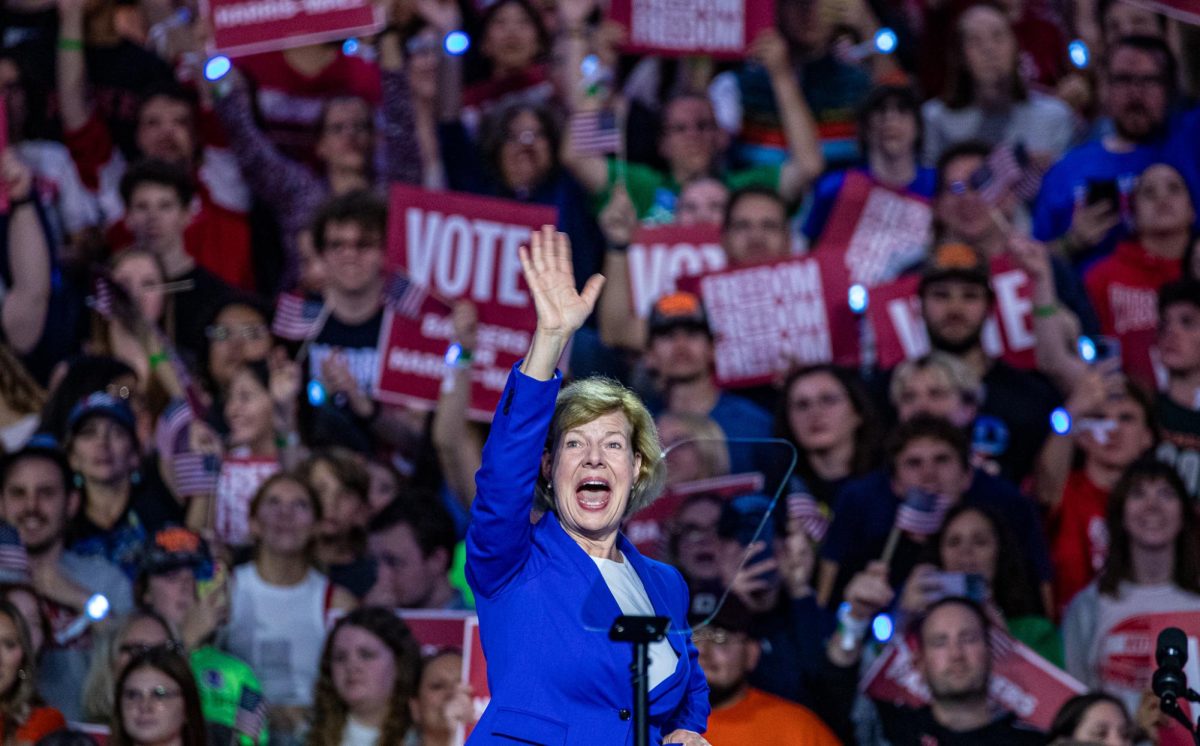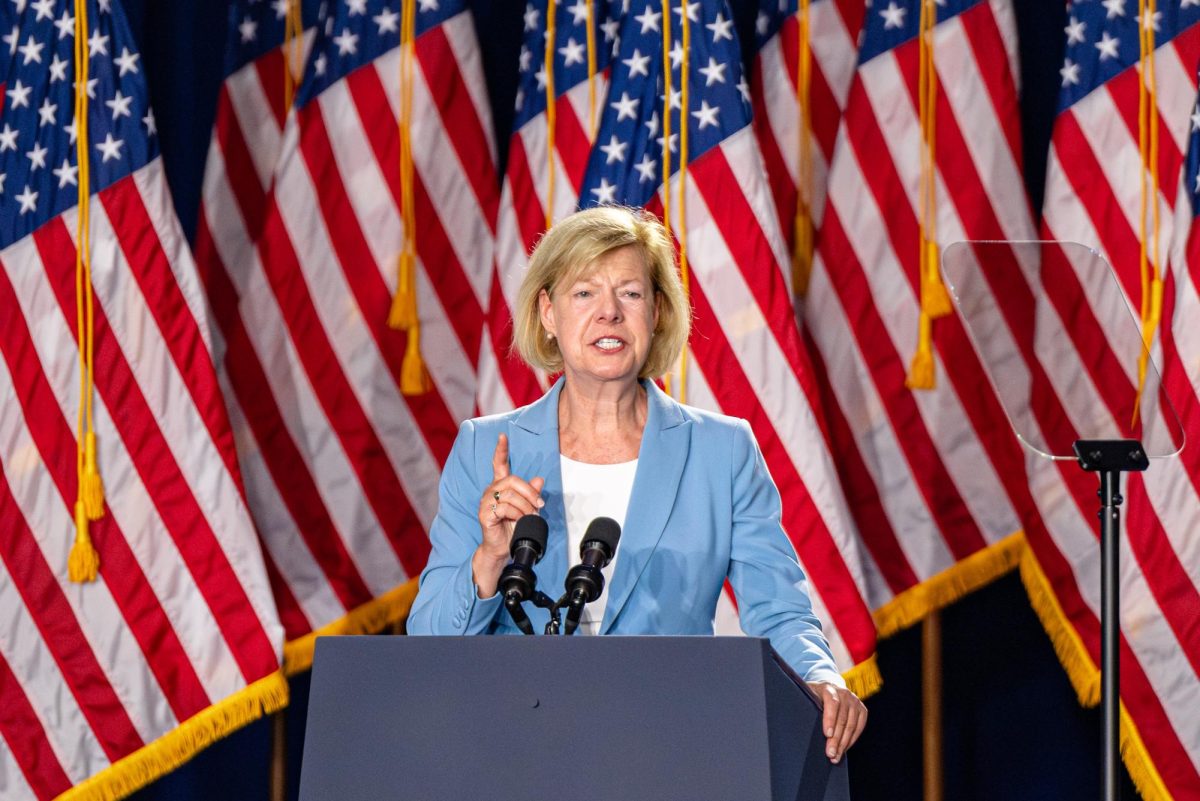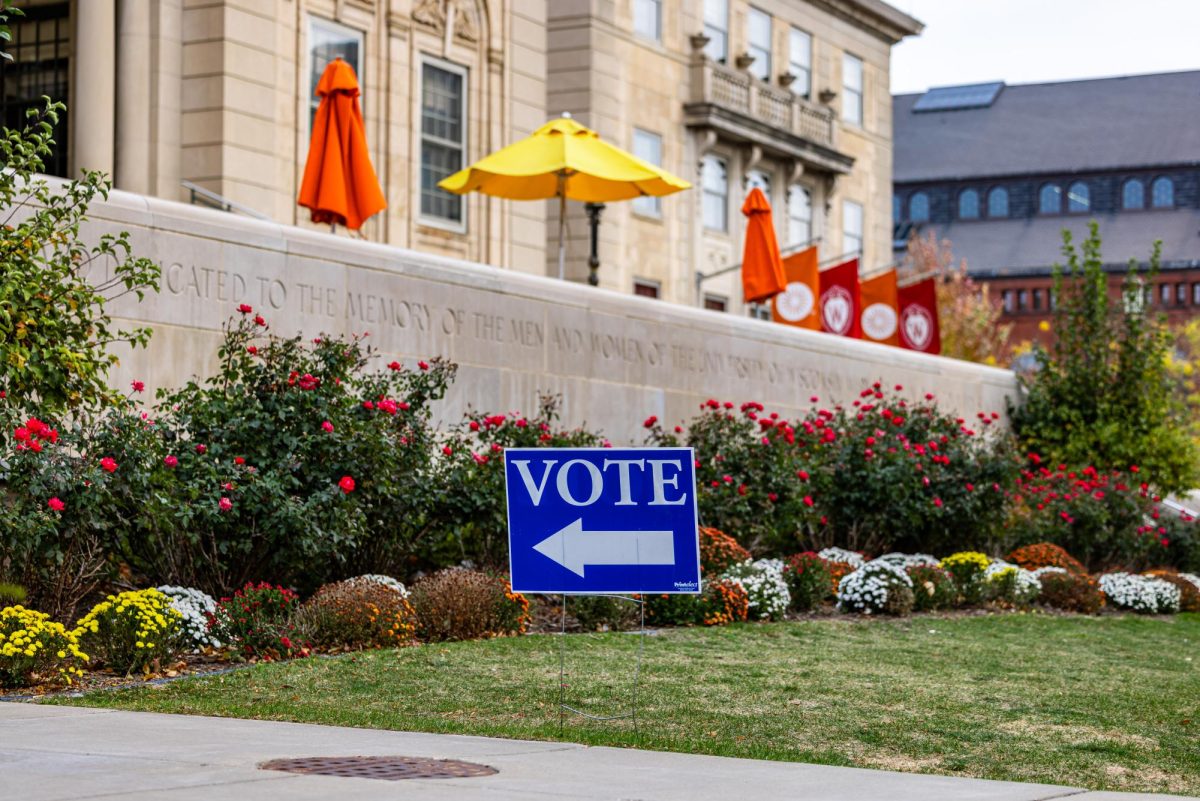
Although Gov. Scott Walker has been an opponent of Wisconsin’s high-speed rail since before his tenure began, Democrats and train and environmental advocates held a conference Thursday to release a report on the Midwest rail project that predicted high job and economic impact in the region.
Rep. Brett Hulsey, D-Madison, said the report, which studied the economic benefits of a train system in the Midwest, should have been released a year ago.
“By creating this Midwest high-speed train system we can create over 103,000 jobs and also add $13.8 billion in economic activity,” Hulsey said.
The study’s numbers show total regional economic impact, not just Wisconsin. But, speaking after Hulsey, legislative representative of the Brotherhood of Locomotive Engineers and Trainmen Paul Aired elaborated on the local effect of the high-speed rail project in the state.
Aired said if the project were to go through Wisconsin it would create an estimated 60,000 local jobs. The 10-year project would take 15,000 new jobs to construct the Wisconsin route, 13,000 of which would be created within the first three years.
Still, those jobs come with a cost. The study estimates the entire Midwest high-speed rail system would cost $83 billion – $58 million would be spent on every mile of track laid. The Madison-Milwaukee corridor, assuming the route chosen is a straight line between the two cities, would cost around $4.6 billion to lay track.
The federal government had planned to give Wisconsin $810 million in stimulus money to pay for the high-speed train segments in the state. Former Gov. Jim Doyle had signed an agreement with the federal government in November that locked the state into spending the money, but Walker insisted he would find a way to give the money back or allocate it to other transportation needs.
Walker succeeded in stopping the money, but under the auspices that the federal money would go to other states.
Steve Hiniker, executive director of the community advocate group 1000 Friends of Wisconsin, understands the train would come at a high cost, but said investing in new transportation systems is always expensive.
“Two-and-a-half billion for the zoo interchange, one billion for the Marquette interchange, a billion for I-39, a billion for I-94,” Hiniker said. “The problem is transportation projects are expensive no matter how you look at it. What would have happened if we didn’t invest in those projects”?
He added no transportation project pays for itself.
The Midwest system of high-speed rail trains would use Chicago as its central hub. The Chicago metro area would see an additional $5.5 billion annually in economic activity and new visitors who take the train to downtown Chicago are predicted to spend $314 total per year.
The system’s goal would be to have four bullet-train corridors in the Midwest, starting in Chicago and ending in Minneapolis, St. Louis, Cincinnati and Cleveland, with stops along the way in Detroit, Milwaukee and Madison.
The trains would travel at 220 mph, and the travel time between Milwaukee and Madison would be reduced from an hour and a half to 25 minutes, according to the study.









